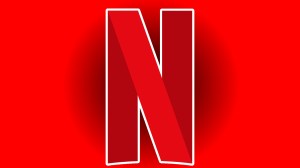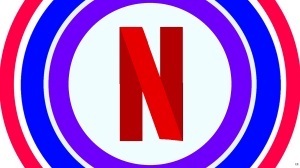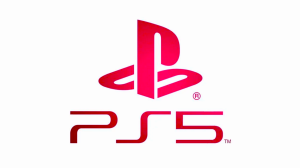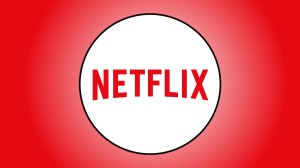It’s becoming more and more clear that Digital First is coming to comics in a big way.
Videos by ComicBook.com

The latest breadcrumb on the trail comes from a recent Jim Lee interview, where he outright said that they like the model of publishing digital comics first, and then collecting the popular ones in print editions.
Not only do I like that model, but I think they’ve done it pretty well so far, with the experiments only getting better and taking stronger advantage of the format.
And make no mistake about it: the format drives the stories. The structure — the container — that you’re putting the story in will always affect the kinds of stories you tell. That’s why “waiting for the trade” became a thing.
Now, digital comics are going towards an on-line all-star anthology trend. DC is doing it with Harley Quinn at the moment, and Marvel just announced a similar thing with Wolverine.

We don’t have the full details on the Wolverine series yet, but we can see what DC has done with the Harley Quinn series. There are valuable lessons to be learned from it.
First, the form factor takes advantage of the medium. If you’re reading the comics on a computer monitor or an iPad in landscape format, you’re going to get screens-full of comics. And, on a side note, it’s sideways storytelling (when digital, at least), which is something I’ve always been interested in and something I’ve written about in the past. Give me more!
It’s also easy enough to translate that to the printed page, either by stacking two pages one atop the other, or by putting the spine on the short edge of the book. I’d prefer the latter, but DC has a history of going the other way with books like “Bombshells”. It mostly works there, though there’s always that nagging feeling that you’re reading two half pages on every page. It just feels weird to read a book with an obvious break in the story at exactly the halfway point on every page.
Second, each of the stories runs more than 20 pages. It feels like a complete story when you have a number that big. Truth be told, the sample pages I’ve seen feel a lot simpler than a full printed comic page. There are lots of big panels and fewer backgrounds than usual. Some pages are a single panel moment that wouldn’t otherwise deserve a splash. While that might sometimes look “lazy,” to me it looks like material that the artists are powering through. There’s a LOT of energy on those pages. What it lost in detail is more than made up for in the energy and fast pacing that gets let loose on the page.
Also, it’s a digital comic. We’re used to scrolling past things quickly in the digital world. These books are relatively quick reads, but that’s about what the patience level for this kind of material readers would have.
Third, the price point. Here’s, I think, the biggest breakthrough of the program: Each story is only 99 cents. DC could have very easily justified a $2.99 price tag for these stories. It would fit in well with their past publishing plans. But at 99 cents per story, I could imagine buying every chapter, a week at a time, and then still buying it all again for a print edition for $20 or $25 or $30, depending on the format. With work by a host of big name creators, that’s an artifact I’d be happy to have on my bookshelf.
I don’t know what Marvel’s plan is with the Wolverine series. There’s no page count or price point in the initial press release. I’m hoping they’re smart enough to stick with 99 cents a story, no matter how long or short they each are. Even if the pages are more traditional layouts and only ten pages, I want to see the lower price point to remove that barrier to entry. I want to see the digital-to-print pipeline (pun intended) work on both sides. I want the lower price point to bring more people in, and the printed editions to satisfy the core of the market.
This could really help balance the financial books if you look at the lifetime of a project including both halves…
A transition to an industry more guided by this digital-to-print method would be a much gentler turn than just going straight to OGN with everything, while still providing incoming funds in the midst of production and a better profit margin with the end product in mind. It also makes more work available at a more affordable price point for potential new readers.
That’s a lot of wins.
PipelineComics.com|| Twitter || Instagram || E-mail || YouTube









